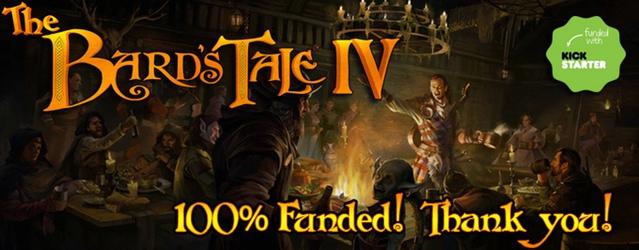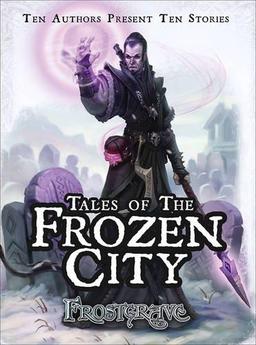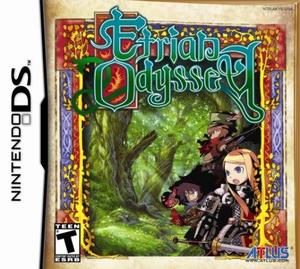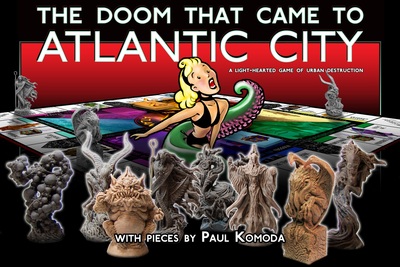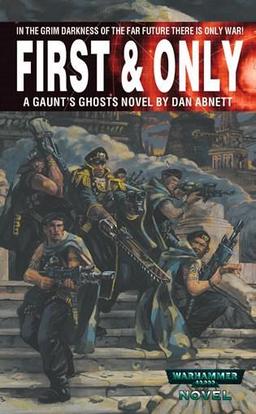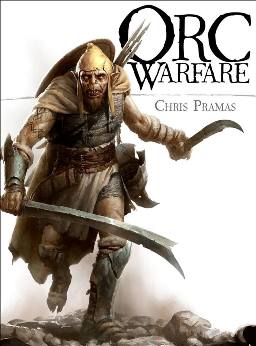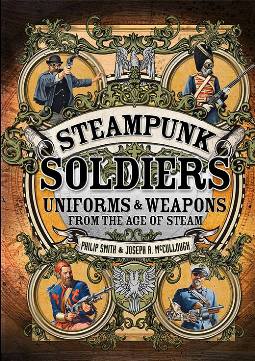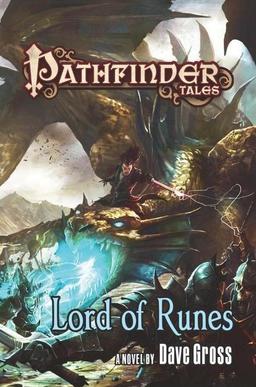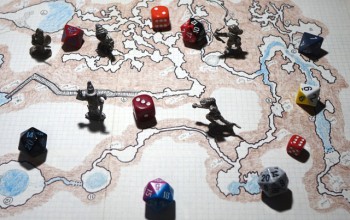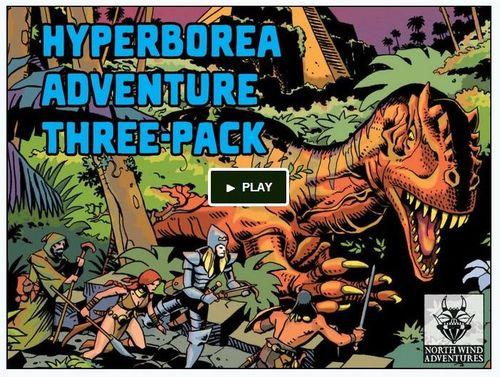Darker and Deeper: Darkest Dungeon Update — Fiends and Frenzy
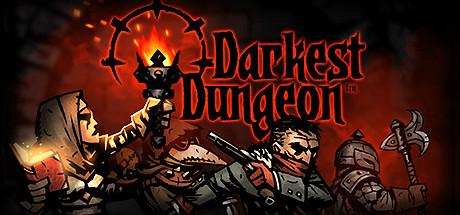 Darkest Dungeon by Red Hook Games has been on a roll since its successful kickstarter last year and releasing on early access a few months ago. The developers are taking a slow and steady approach in terms of adding new content. With the first major content patch, Fiends and Frenzy, Darkest Dungeon grows ever more menacing, and has become a treat to play.
Darkest Dungeon by Red Hook Games has been on a roll since its successful kickstarter last year and releasing on early access a few months ago. The developers are taking a slow and steady approach in terms of adding new content. With the first major content patch, Fiends and Frenzy, Darkest Dungeon grows ever more menacing, and has become a treat to play.
A Grim Inheritance
For people who haven’t heard of Darkest Dungeon, here’s a brief recap. The game is a fantasy RPG with strong Rogue-like and Lovecraftian elements. Taking a team of four adventurers, your mission is to explore the corrupted remains of your former estate for resources, and to slowly drive back the bandits, undead, and other things that now inhabit your home.
Party member belongs to one of the game’s many classes, which dictate their equipment, skills in combat, and what tactics they bring to your party. The twist of Darkest Dungeon is that every person comes with personality quirks, both good and bad, that affect their stats.
